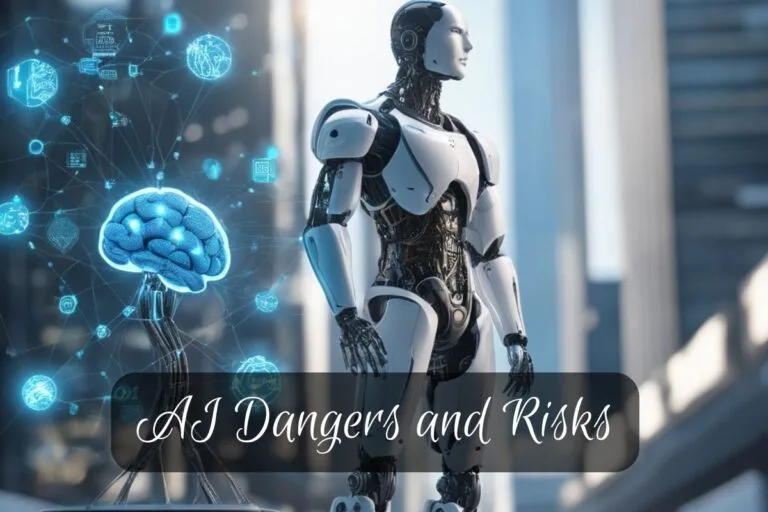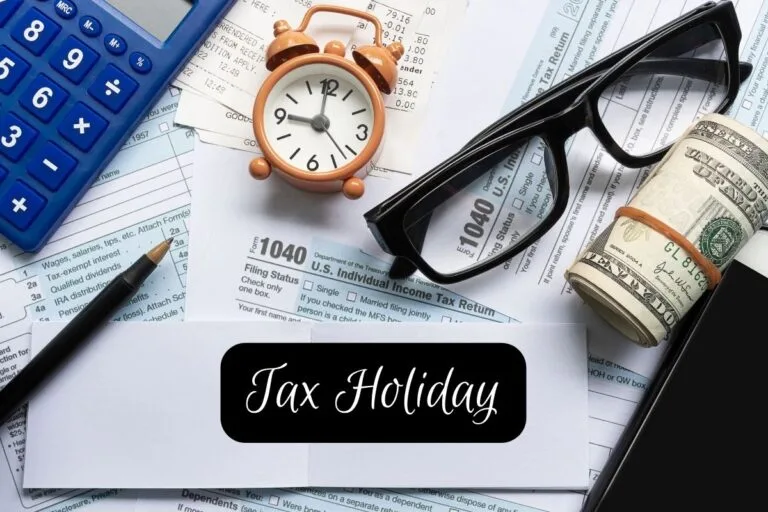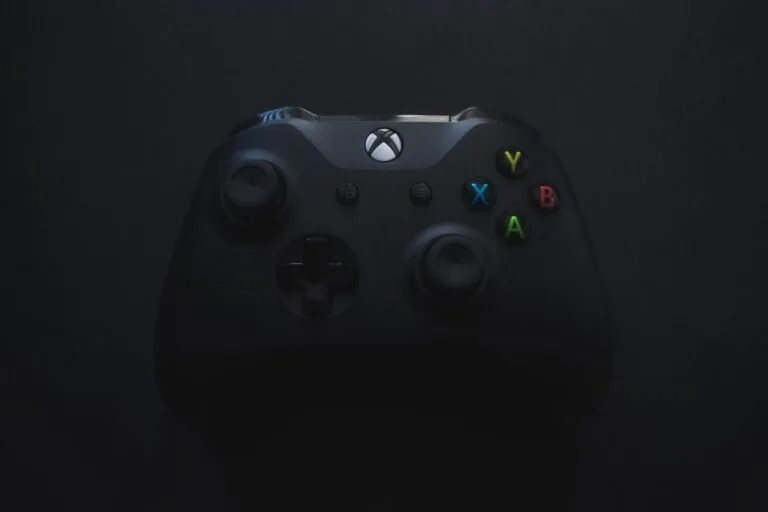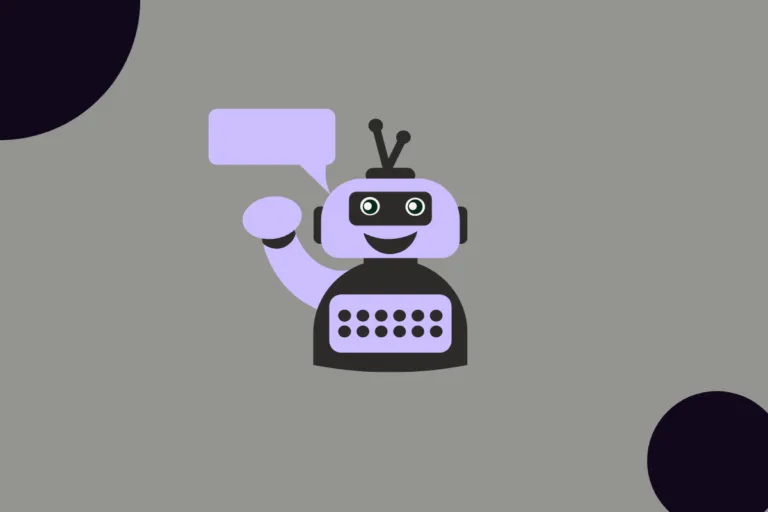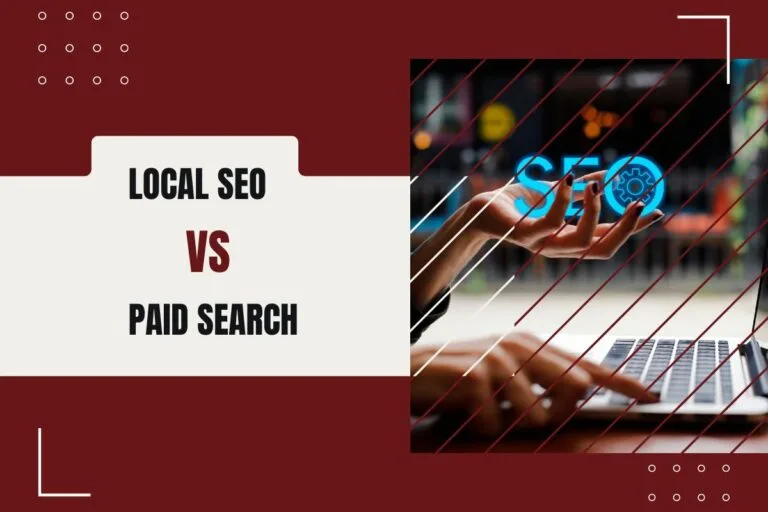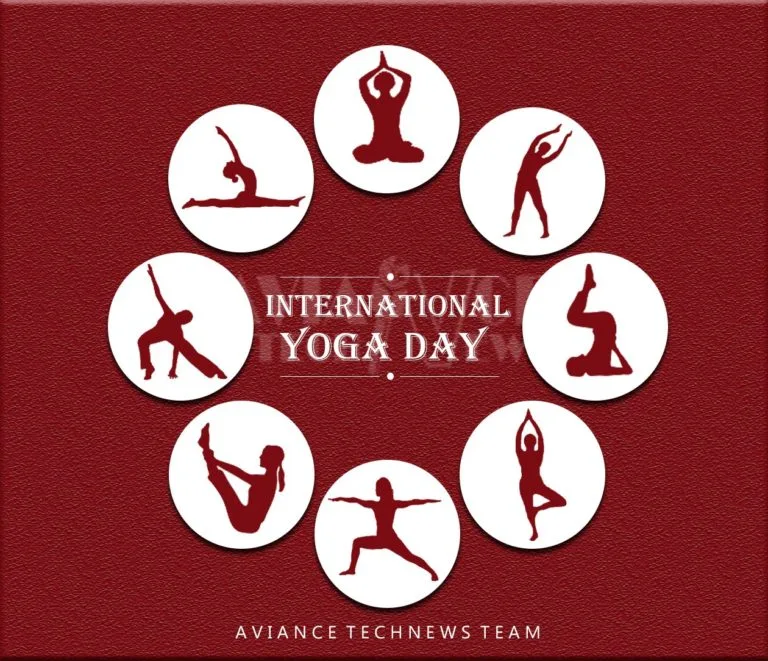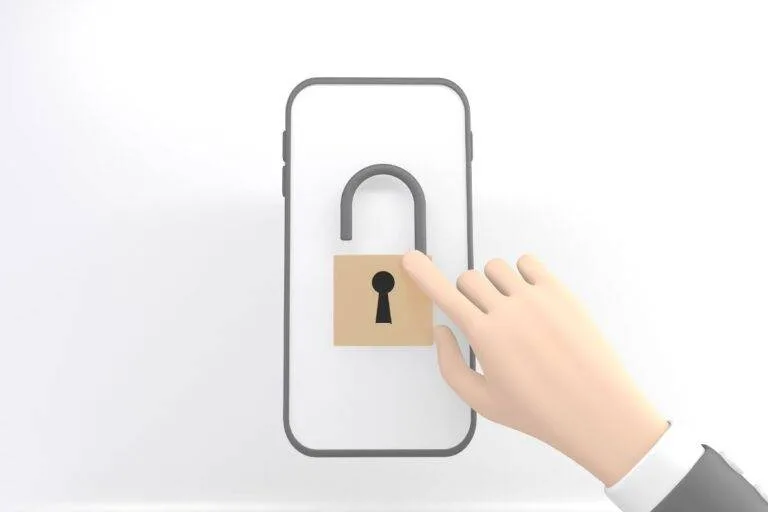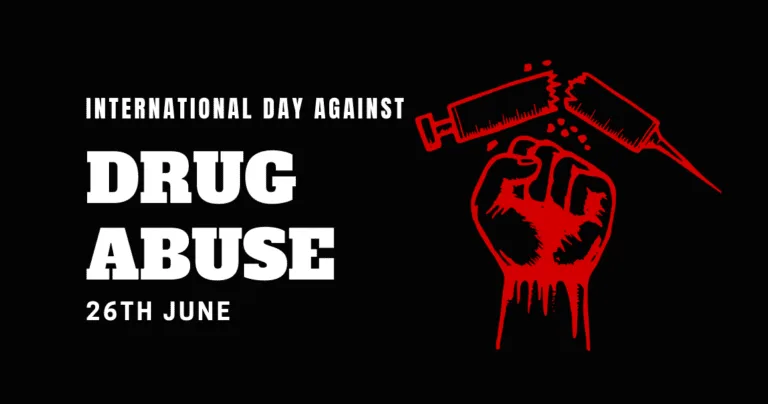[responsivevoice_button rate=”1″ pitch=”1.2″ volume=”0.8″ voice=”US English Female” buttontext=”Story in Audio”]
The Drones Were Ready for This Moment
New Yorkers strolling along the East River early last month glanced up to see an unsettling sight: a mysterious drone claiming to represent something called the “Anti-Covid-19 Volunteer Drone Task Force” barking orders to pedestrians below to maintain social distancing.
“Please maintain a social distance of at least six feet,” the drone intoned, according to a report from CBS News, continuing with gloomy warnings, like “please help stop the spread of this virus” and “reduce the death toll and help save lives.”
It wasn’t a police drone. Was it a vigilante drone or an aerial white knight? Was it friend or foe?
That’s a highly relevant question about drones in general, which are suddenly everywhere during the coronavirus crisis, taking over any number of human tasks as people hunker indoors.
Drones have been working as police officers, soaring over the banks of the Seine in Paris and the city squares of Mumbai, to patrol for social distancing violators.
They’re delivering medical supplies in Rwanda and snacks in Virginia. They’re hovering over crowds China to scan for fevers below.
Coronavirus has been devastating to humans, but may well prove a decisive step toward a long-prophesied Drone Age, when aerial robots begin to shed their Orwellian image as tools of war and surveillance and become a common feature of daily life, serving as helpers and, perhaps soon, companions.
“Robots are so often cast as the bad guys,” said Daniel H. Wilson, a former roboticist and the author of the 2011 science fiction novel “Robopocalypse.” “But what’s happening now is weirdly utopic, as opposed to dystopic. Robots are designed to solve problems that are dull, dirty and dangerous, and now we have a sudden global emergency in which the machines we’re used to fearing are uniquely well suited to swoop in and save the day.”
First, however, we’ll have to get past the fears of an actual robopocalypse, with robots of the sky rising up to take over while their wetware-enabled former masters huddle in fear below.
Eye in the Sky
The origins of the “Anti-Covid-19 Volunteer Drone Task Force,” which turned out to be the work of a Queens drone enthusiast, may have confused New Yorkers initially, but in most cities, there is no question who is running the current aerial patrol. Law enforcement officials in cities and towns around the world have been using drones to scan parks, beaches and city squares for violators wandering into the safe spaces of others.
In China, drones have served as educators or enforcers, depending on your point of view, alerting citizens with unsettlingly folksy warnings about virus violations in robotic voices from above, as reported by CNN.
“Yes auntie, this is the drone speaking to you,” said one drone, speaking to an elderly woman below in an eerie bullhorn echo, according to a video published by Global Times, a state-controlled newspaper. “You shouldn’t walk about without wearing a mask.”
Global Times also published an account of another drone. A voice from above castigated a small child peering skyward while seated with a man who was violating quarantine rules by playing mahjong in public: “Don’t look at the drone, child. Ask your father to leave immediately.”
The idea of a government eye in the sky doesn’t always play so well in the United States, where personal liberty is a founding precept taken very seriously in many regions.
“Covid-19? More like Covid-1984,” read one recent Reddit post on a thread about police drones flying over encampments of homeless people in cities such as Fort Worth, and Chula Vista, Calif., blasting them with messages about coronavirus prevention. “It really feels like we are living in some dystopian science fiction novel,” read another.
“Did the drone fly over blueprints for a light saber?” another commenter fired back. “Not everything is a conspiracy.”
But automated oversight can be a blunt instrument. A police drone deployed in Fairfield, Conn., to monitor beaches for social distancing also warned a group of “juveniles” trespassing on the roof of a local elementary school, according to one news account.
“The big concern is that the coronavirus crisis is going to normalize drones and entrench them in American life,” said Jay Stanley, a privacy and technology specialist for the A.C.L.U. “The fear is many of these incursions on freedom will outlast the crisis.”
While a drone itself is just a tool, neither inherently good nor evil, it is a tool with nearly unlimited powers for surveillance, Mr. Stanley added. Drones can be equipped with so-called stingrays to collect information from people’s mobile phones, night-vision cameras, GPS sensors, radar, lidar (laser detection technology for creating three-dimensional maps of an area), as well as thermal and infrared cameras.
Enough people distrust drones that “drone rage” incidents between drone enthusiasts and citizens who do not wish to be filmed from above have become a regular occurrence, Mr. Stanley said. One Colorado town even proposed a tongue-in-cheek ordinance in 2014 allowing citizens to shoot down drones invading their airspace, a proposal that itself was shot down by the F.A.A.
Resistance to pandemic patrol drones has not been confined to privacy watchdogs on the political left. On the right, outlets like Breitbart have also noted that many of the drones surveilling our cities are made in China, often by DJI, the world’s largest drone manufacturer, whose headquarters are in Shenzhen.
Some Republican officials have made the same point.
“Using drones, donated by a Chinese company, to spy on Americans during the #coronavirus pandemic?” read a tweet from the official House Judiciary Republicans account. “That doesn’t seem like a good idea.”
Drones have other uses besides snooping, of course. They have stepped (or soared) up as aerial virus blasters, with authorities in countries around the world — China, Dubai, Indonesia, France, as well as the United States — using them to sanitize city streets.
(It’s up to you to decide if government drones spraying cities for pathogens sounds creepy.)
Drones are also performing crucial roles on the medical front lines that may be described as humanitarian … if they were performed by humans.
“This is the moment when the drone industry gets to show what it can do,” said Miriam McNabb, the editor of Dronelife, an industry news site, and the C.E.O. of Job for Drones, an online drone services marketplace. “Things like drone delivery are lifesaving applications that are changing people’s perceptions of drones.”
Zipline’s fixed-wing drones have already made 30,600 deliveries of medical products in those countries since the start of the pandemic, the company said: lately delivering cancer drugs, for example, to patients in remote villages who are unable to travel to oncology centers because of quarantine.
“Zipline are the heroes of drone delivery,” Ms. McNabb said. “In parts of Rwanda, where road infrastructure doesn’t support delivery, it’s either three days on the back of a motorbike or 15 minutes by drone.”
In the United States they are at last delivering more quotidian consumer items too, as long dreamed by Jeff Bezos of Amazon.
In April of 2019, Wing, a drone-delivery service owned by Google’s parent company, Alphabet, received the first Federal Aviation Administration approval for commercial package delivery, starting in Christiansburg, Va., a town of about 22,000, which is near Wing’s testing facility at nearby Virginia Tech in Blacksburg. (Wing is also operating in Helsinki, Finland, as well as Canberra and Logan in Australia.)
Wing’s home deliveries of medications from Walgreens have proved particularly popular with quarantined seniors who are most at risk, said Jonathan Bass, a Wing spokesman.
“It’s one of the few emerging technologies that has attracted a lot of early adopters over the age of 65,” he said.
But Wing is also starting to out-Amazon Amazon, delivering must-have items like toilet paper and groceries. Merchandise is kept at a central Wing facility, and orders can be made through the Wing app, which allows customers to chart progress of their drone on a map, as with Uber or Lyft.
While useful for temporary shut-ins, drone delivery has served as a lifeline for small businesses dealing with a collapse in foot traffic.
“The first two weeks after Covid hit were rough; it felt like somebody put the e-brake on,” said Luke Brugh — conveniently pronounced “brew,” as he owns Brugh Coffee Co. in Christiansburg with his wife, Cassie. Wing, he said, has allowed them to double the sales of canned cold brew, which has helped make up for the loss.
And this may just be the beginning. Just as World War II hurried the development of emerging technologies like computers, rocketry, jet aircraft and atomic energy, the pandemic may speed the development, and adoption of, drone technology.
“Major world events can alter technological development cycles, causing them to accelerate or to slow down,” said Richard Yonck, the founder of Intelligent Future Consulting in Seattle and a former board member of the Association of Professional Futurists. “We’re seeing that now with drones and other automation in response to the pandemic. There’s a push to develop new tools that can reduce people’s exposure to the virus. What can we automate and by how much?
“Of course, this could also accelerate future job losses,” he said, “which is something we’d have to deal with down the road.”
Invading the Dream Factory
On a Tuesday night in April, a company called Verge Aero flew 140 illuminated drones in the sky above the University of Pennsylvania. The drones performed as synchronized points of light as they formed giant hearts, medical crosses and American flags, as part of the #PhillyShinesBlue and global #LightItBlue campaigns honoring health care professionals and other essential workers.
This 21st-century equivalent of a fireworks display was a case of drones serving to uplift, as opposed to, you know, simply lift — or spray, or fire missiles, or seize human jobs in an economy where unemployment is nearing Great Depression levels.
And it also may prove to be one of many examples of the pandemic helping to make drones seem more endearing.
During the lockdown, drones have also shown their potential as investigative reporters, bringing to light heart-wrenching stories like the mass graves for unclaimed bodies of Covid-19 victims on Hart Island in New York.
The footage was shot by a photographer, George Steinmetz, whose drone was confiscated by police for photographing the island without permission from the city’s Department of Correction. It was widely shared, illustrating the death toll beyond the statistics in Governor Cuomo’s daily briefing.
And at a time when professional storytellers — novelists, bloggers and many journalists — find themselves walled off to the global story around them, drones have pierced the veil of quarantine. They have created hauntingly poetic imagery of countless empty cities — San Francisco; Las Vegas; Wuhan, China — that says as much about loss in the coronavirus age as any written account.
“Drones sell this idea of emptiness, this lack of life better than anything,” said Dexter Kennedy, 29, a drone photographer in Hoboken, N.J., who has been shooting aerial footage of abandoned streets in Philadelphia, as well as the empty boardwalks of Atlantic City and Jersey City during the lockdown.
“You get 100 feet up and you can really see the big picture,” Mr. Kennedy said. “A boardwalk that would normally have thousands of people on it is totally empty. All the rides are empty. The Ferris wheel is not moving. You can see the grid patterns of the street, but no one’s out. It looks like an apocalypse movie.”
Mr. Kennedy, 29, is also the director of flight operations at Flying Monster, a drone production company that has shot footage for numerous television shows and films, including “Watchmen,” “Mr. Robot” and Steven Spielberg and Tony Kushner’s upcoming “West Side Story.”
Mr. Kennedy sees a big expansion of drone duties in Hollywood, should suspended productions resume with new social distancing measures in place. Drones can perform location scouting remotely, he said, minimize the need for crew members to share camera equipment and even allow a director to orchestrate aerial scenes from home, with a remote feed.
“Up to this point, drones have been kind of a luxury for Hollywood,” Mr. Kennedy said. “Now I think they’re moving into the ‘necessity’ category.”
As drones work their way further into the dream factory of Hollywood, they may also insinuate themselves further into our imagination.
We’ve seen it before. As the age of robotics dawned in the mid-20th century, popular culture churned out sympathetic, humanoid robots, like the Rosey the robot maid in the 1960s television show “The Jetsons,” or the robot in “Lost in Space,” which helped make an unsettling new technology seem friendly and approachable.
The boom to the drone industry during the pandemic comes at a point when drones were already poised to creep so far into our daily lives that techno-futurists are fretting about “robot smog” — drones as a new form of air pollution.
If and when the pandemic ever ends, we may develop an unimagined kinship with our aerial assistants, just as we have with other types of robots.
Granted, he said, the marketplace has shown little interest in robots that do not perform valuable tasks. “It’s not enough for a robot to be cute or inspirational, it has to solve a problem before people will fall in love,” Mr. Wilson said.
Once the robot does, though, “the human mind will find a way to include it in the landscape of our lives,” he said, just as some supermarket employees have attached cute, googly eyes on the inventory robots they work alongside.
In a sense, they have no choice. As with drones in the age of coronavirus, Mr. Wilson said, “the robots aren’t going anywhere.”
















